There are various different methods for measuring the flow rate and the total flow. Each method has its own specific characteristics which are directed toward individual installation requirements.
Classification of Flow Measurement
In the following, the most important measuring principles are mentioned below.
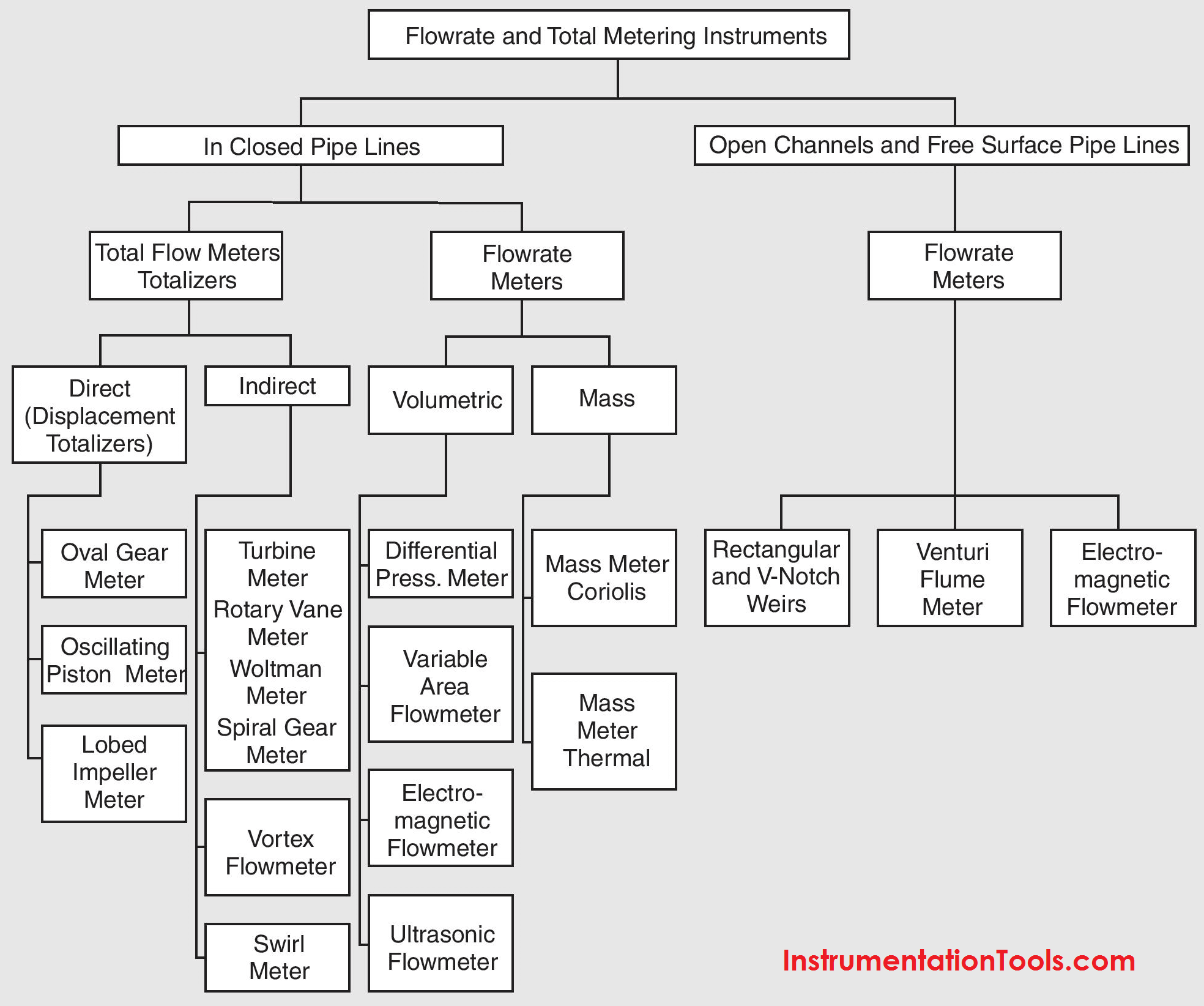
In the figure above for the measurement in closed piping a distinction is made between total flow meters (totalizers) and flow rate meters (flow meters). So, what are the characteristics of these two variants?
Total flow meters, usually volume totalizers, are devices filled with a defined volume which is then measured and integrated to determine the total flow volume. Direct volume totalizers have movable measuring chambers with a defined volume (comparable to a line of buckets).
Indirect volume totalizers, on the contrary, do not have closed measuring chambers, but work either mechanically using rotary vanes and transporting partial volumes between the vanes, or electrically with pulses that are proportional to the volume.
Flow meters also use the direct method for measured value acquisition. They measure either the flow velocity or the kinetic energy of the flow.
Source: ABB
If you liked this article, then please subscribe to our YouTube Channel for Instrumentation, Electrical, PLC, and SCADA video tutorials.
You can also follow us on Facebook and Twitter to receive daily updates.
Read Next:
- Flow Measurement Questions
- Important Factors in Flow
- Magnetic Flow Meter Theory
- What is the Coriolis flow meter?
- Ultrasonic Flow Meter Operation
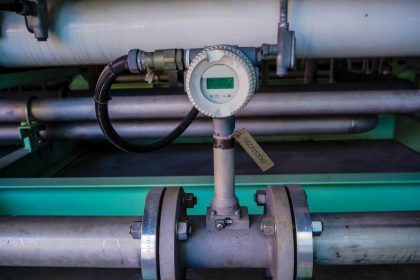
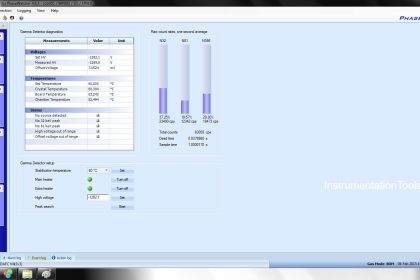
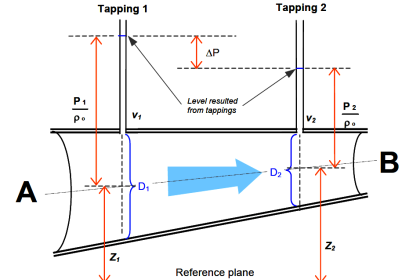
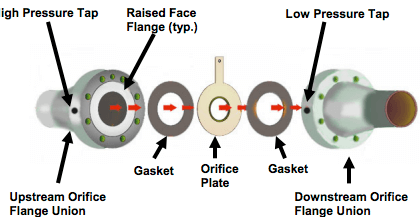
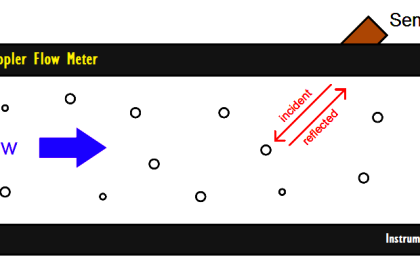
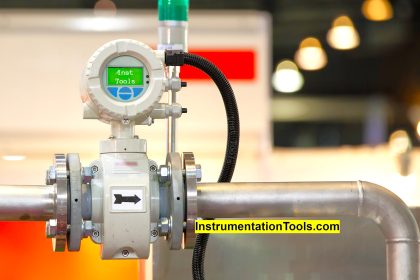
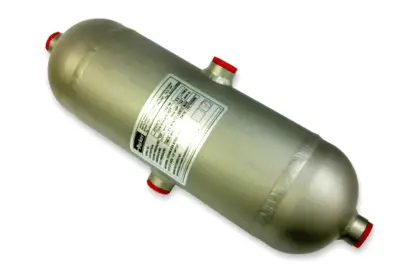
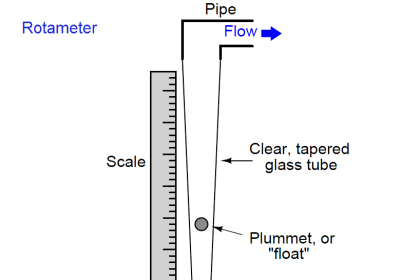
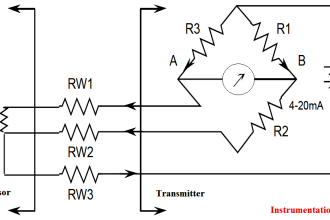

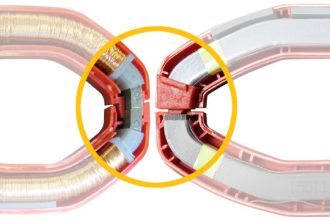
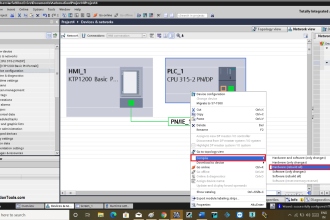

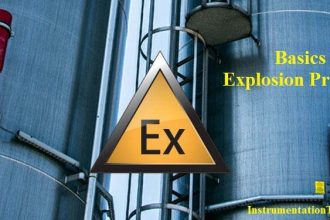
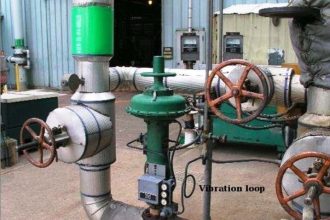
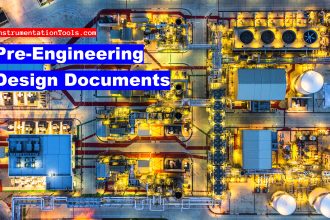

Why electromagnetic transducers are used in flow measurements?